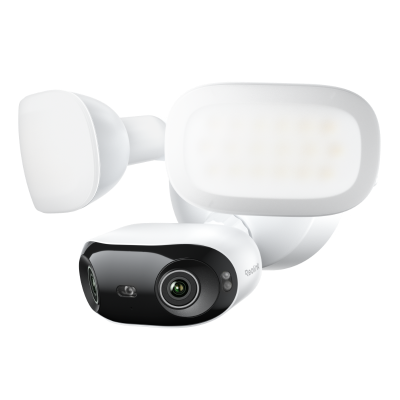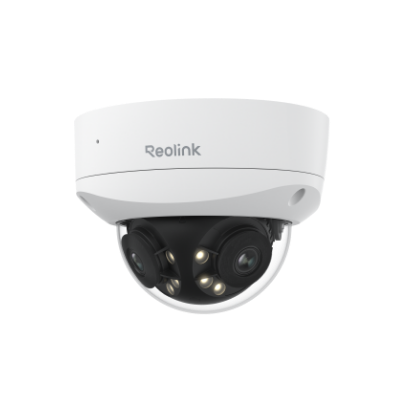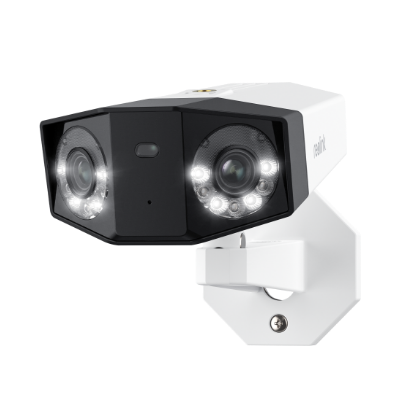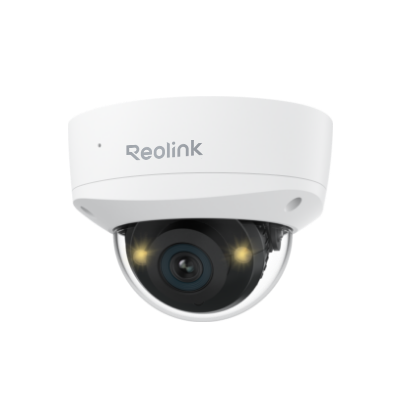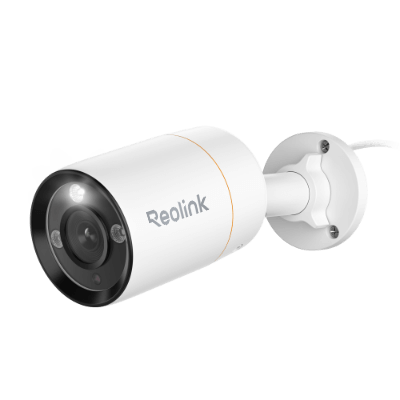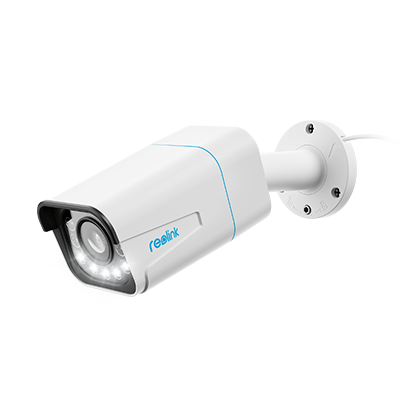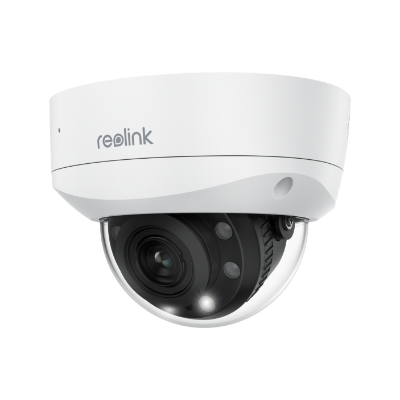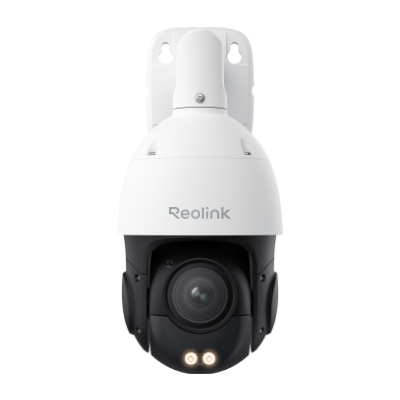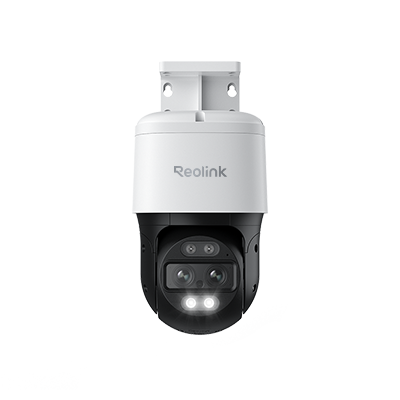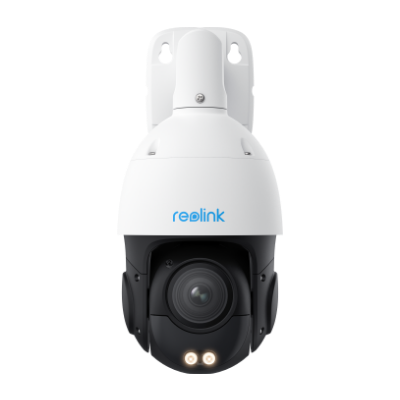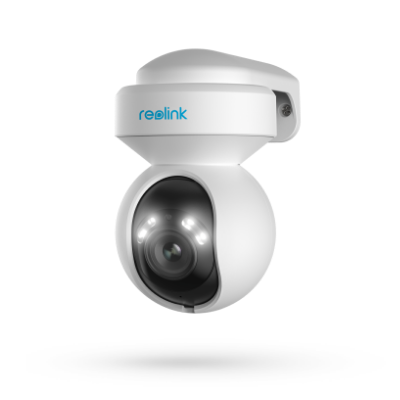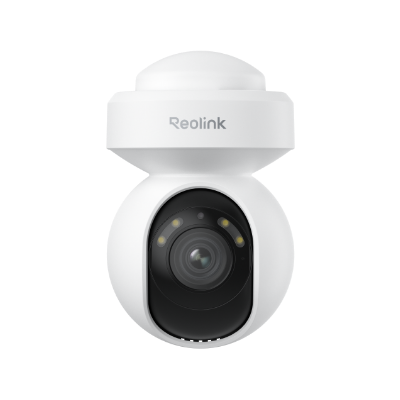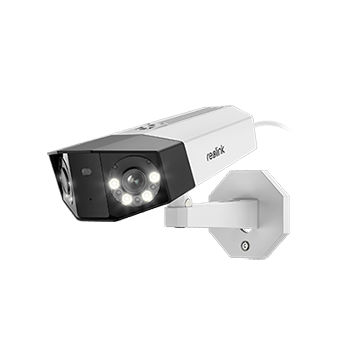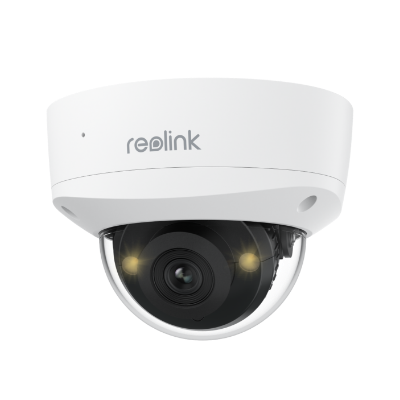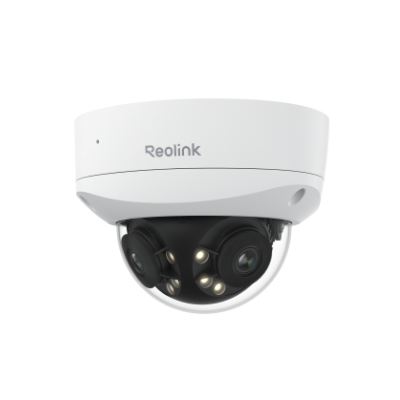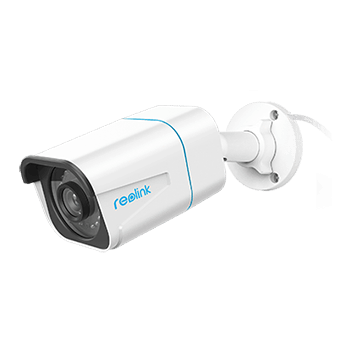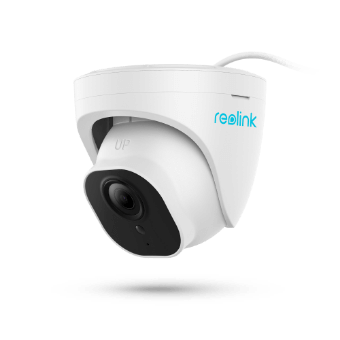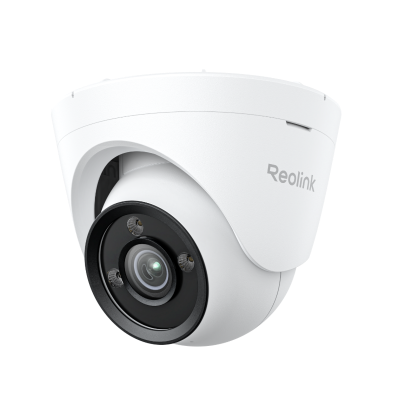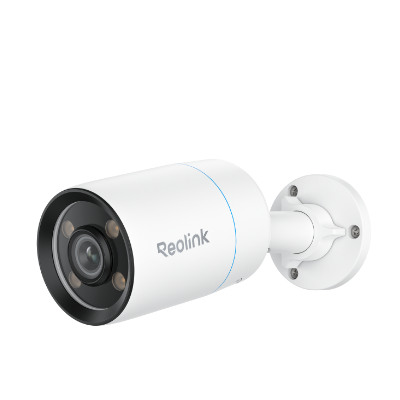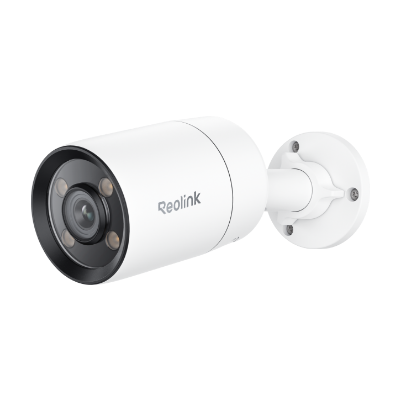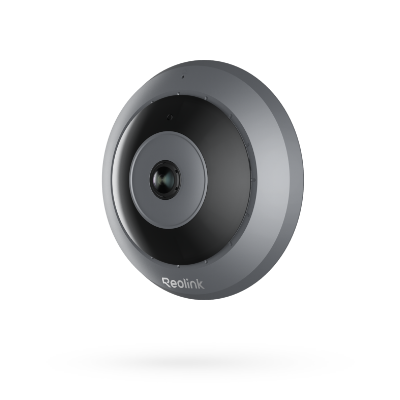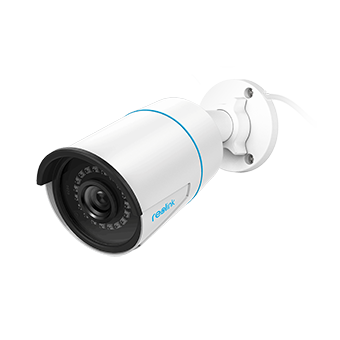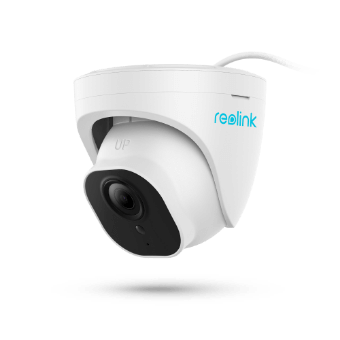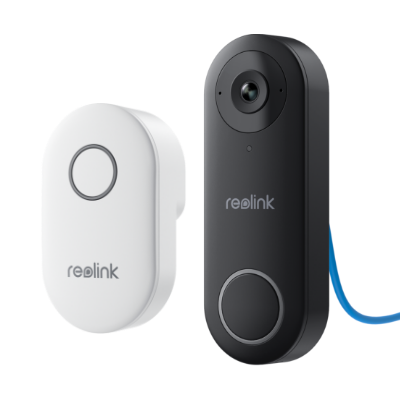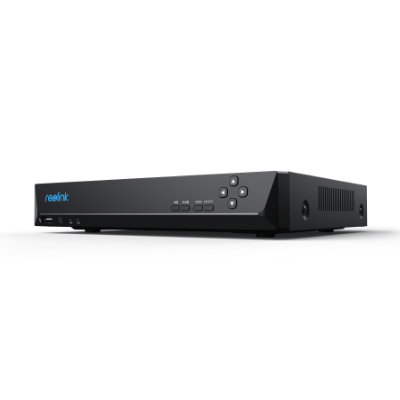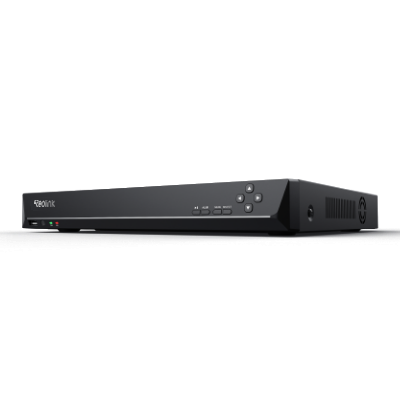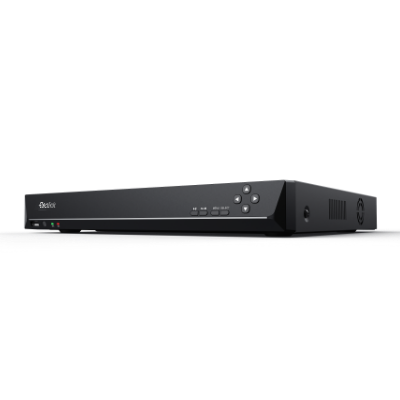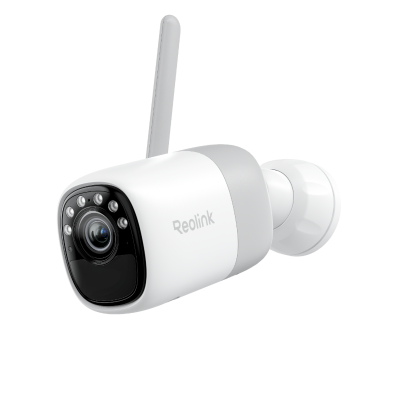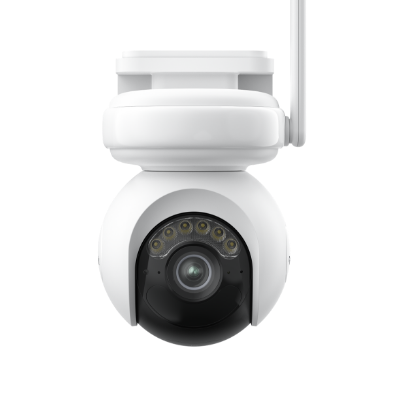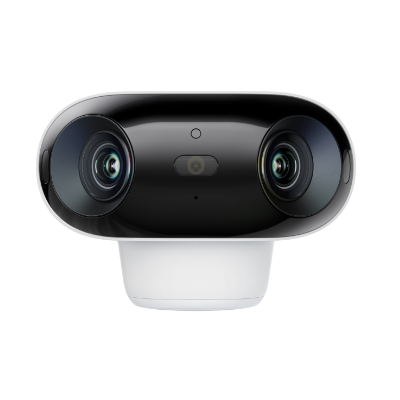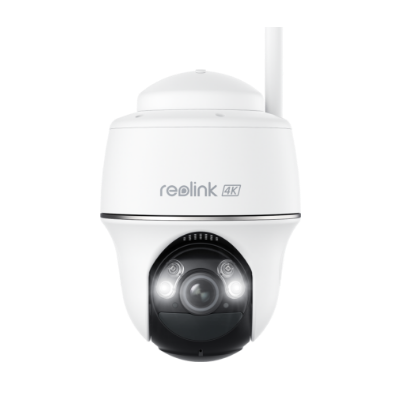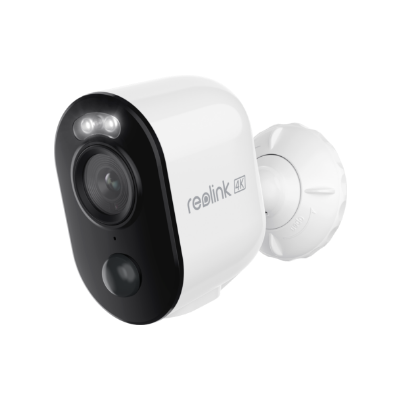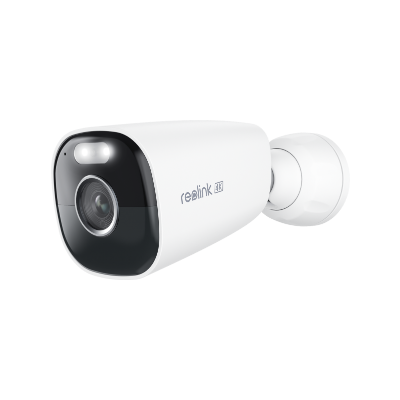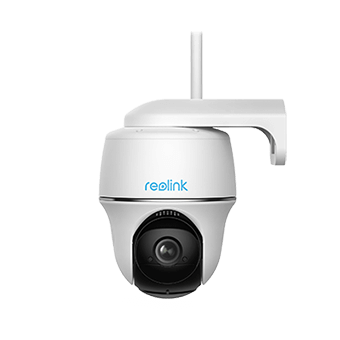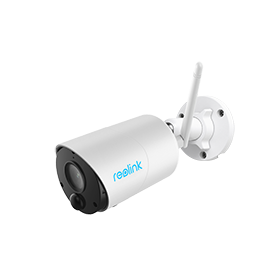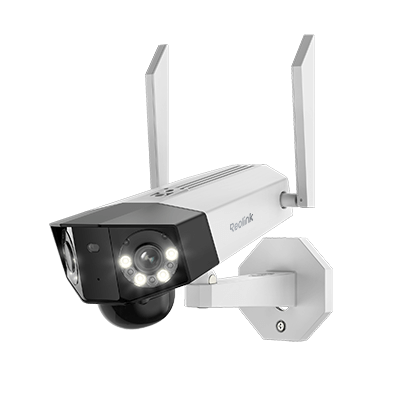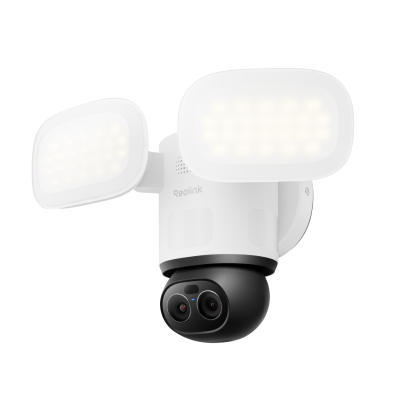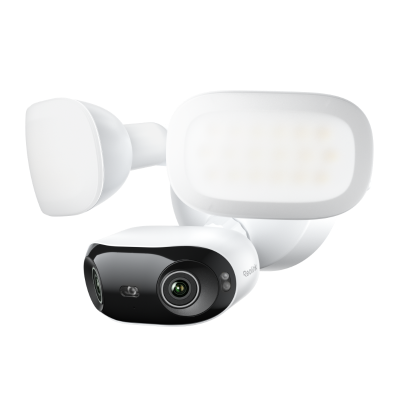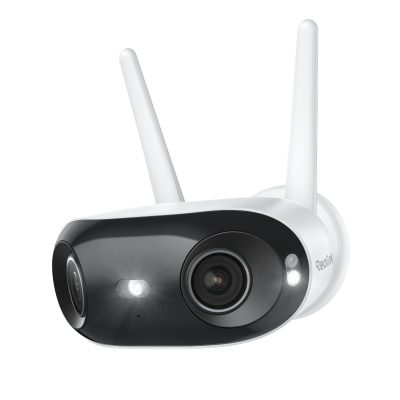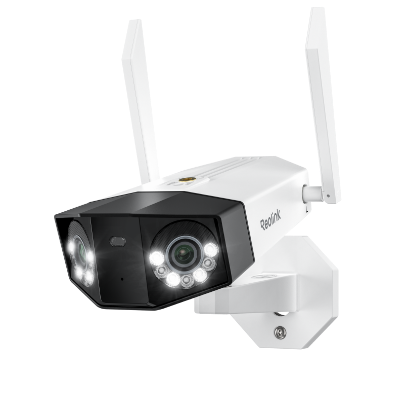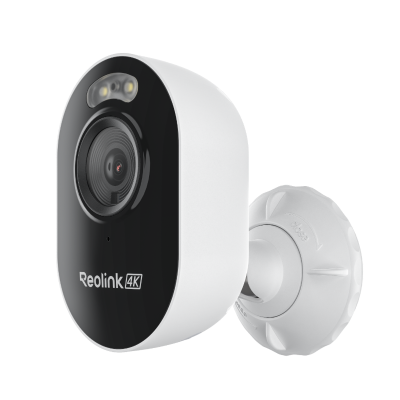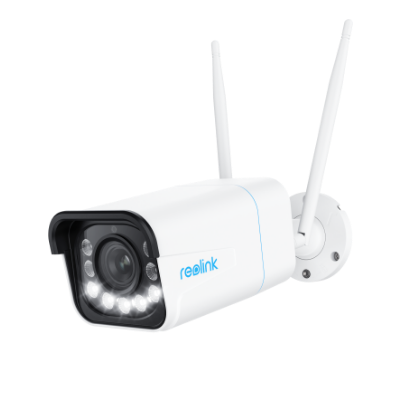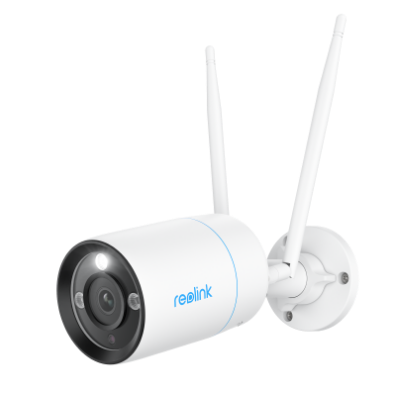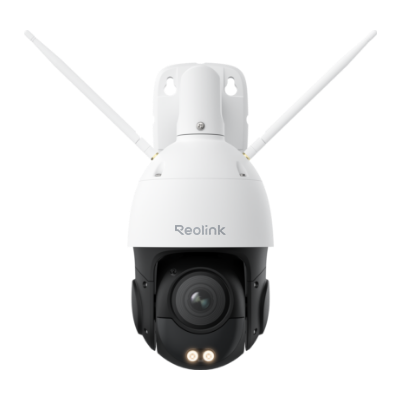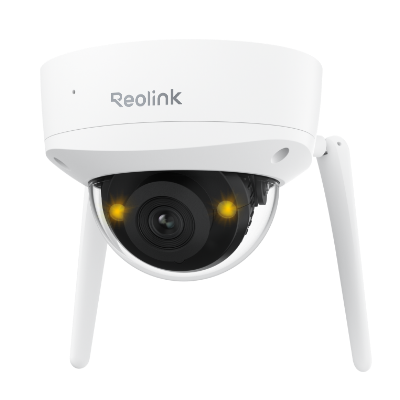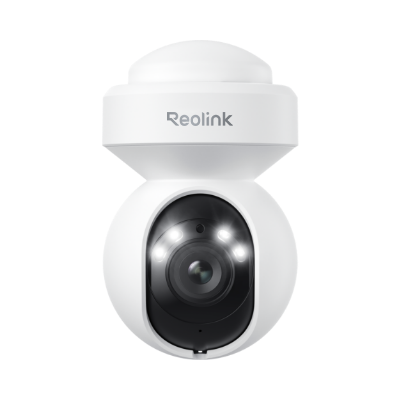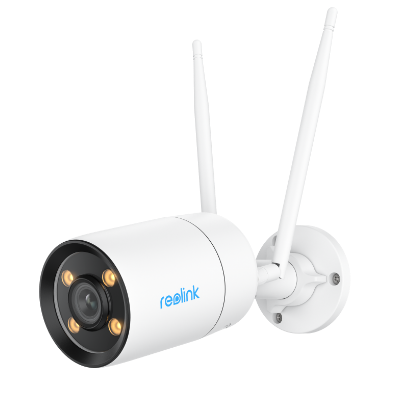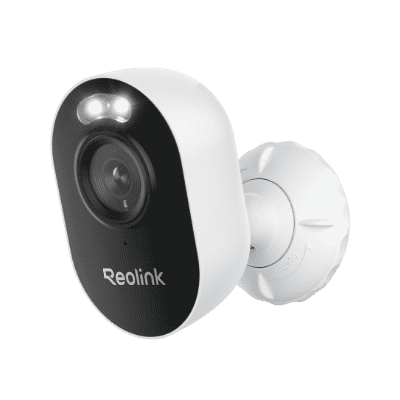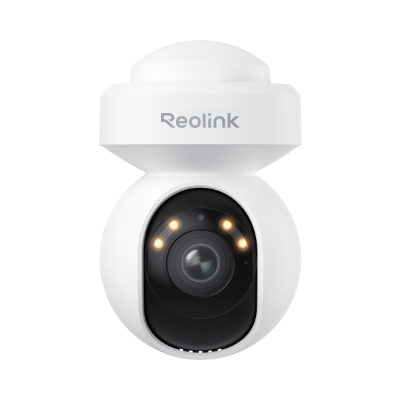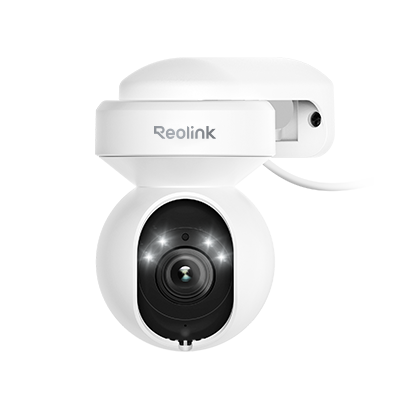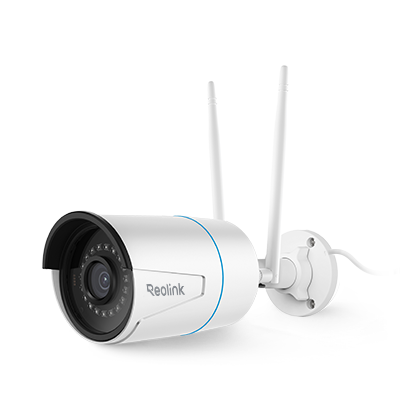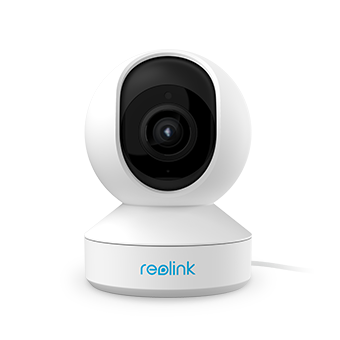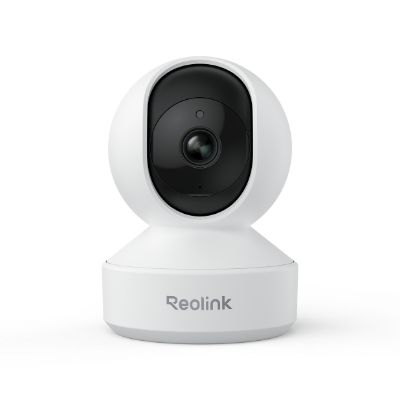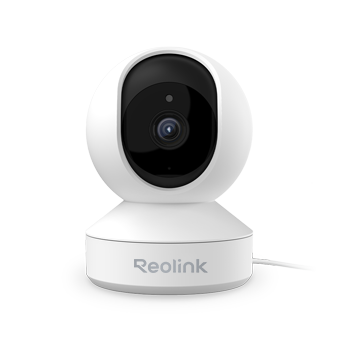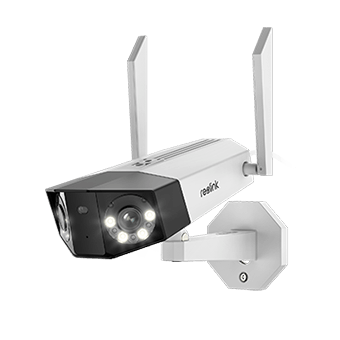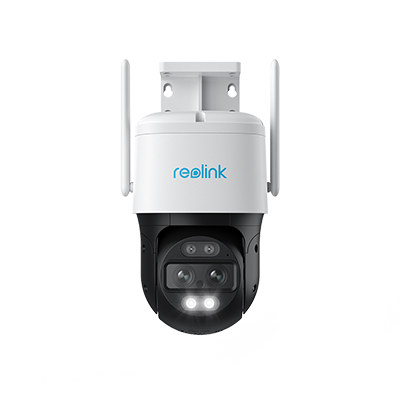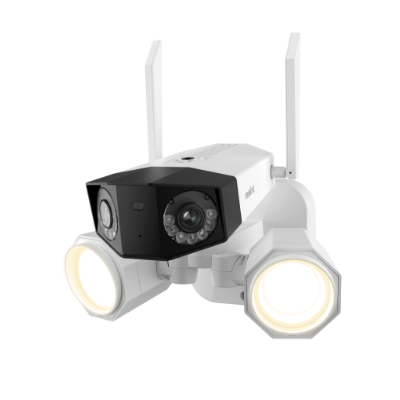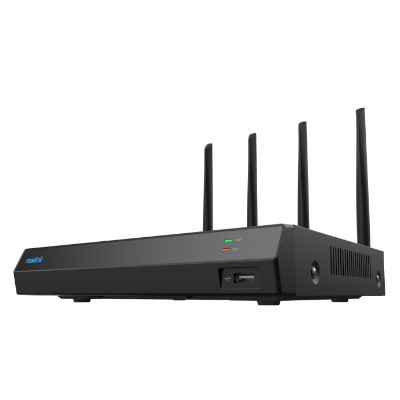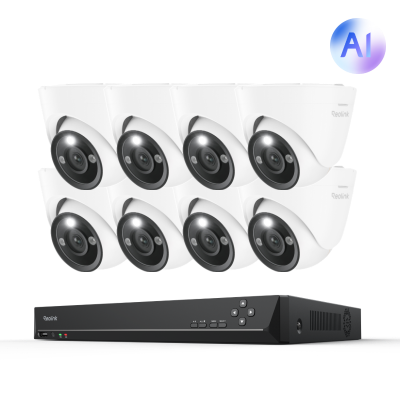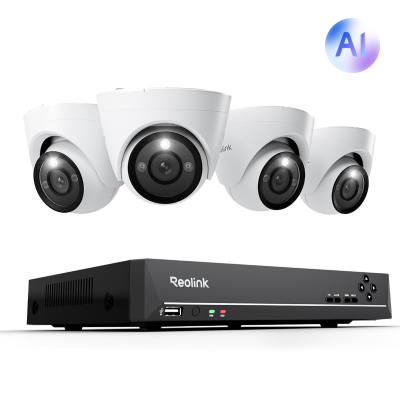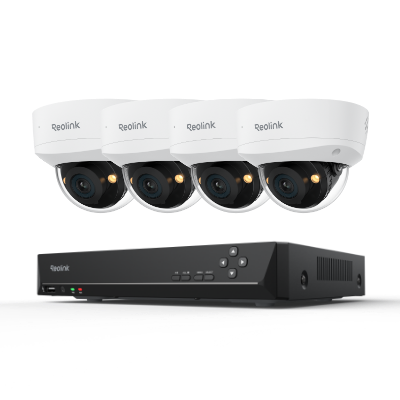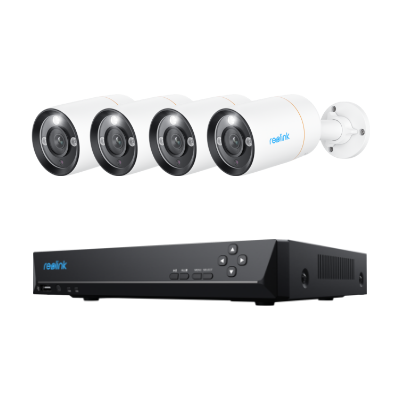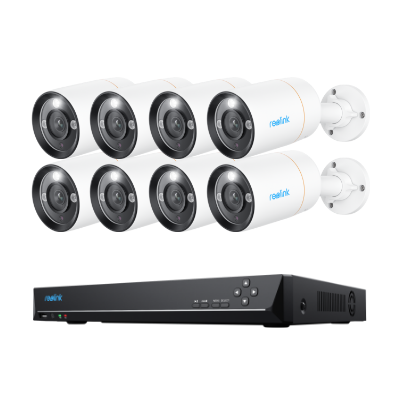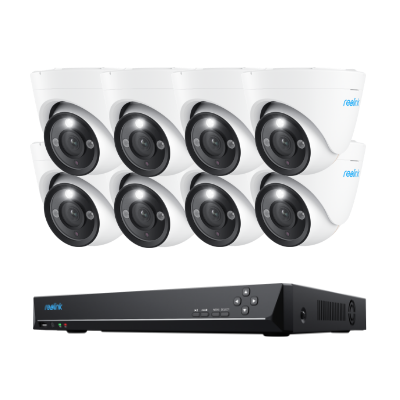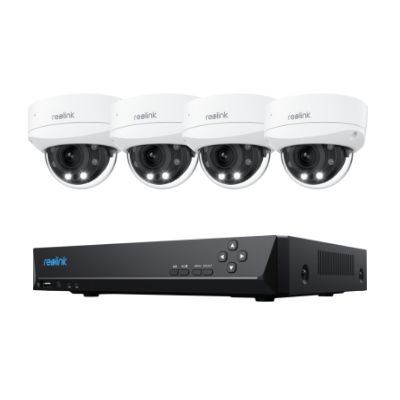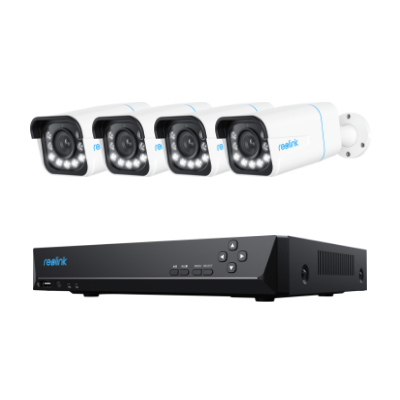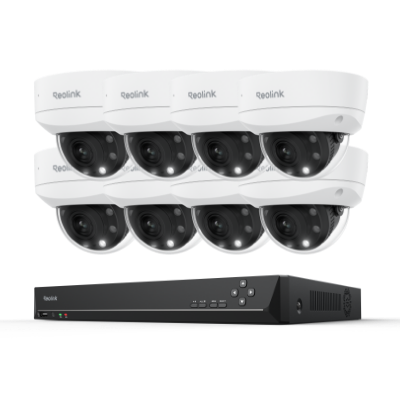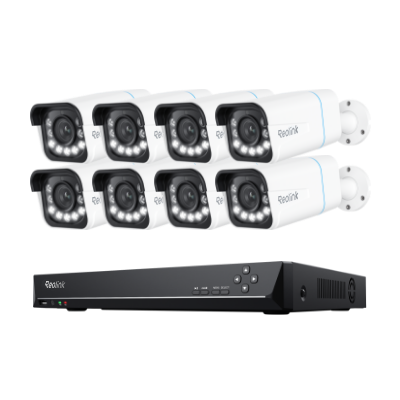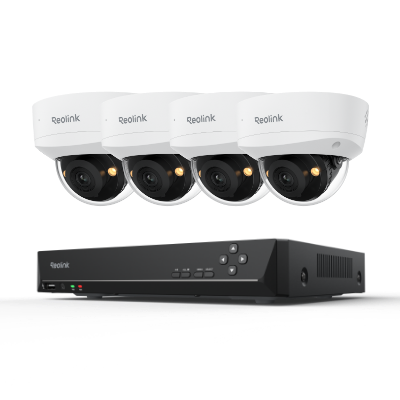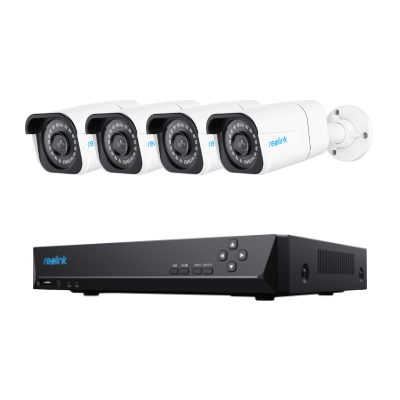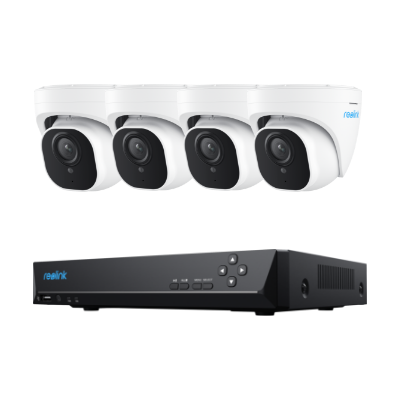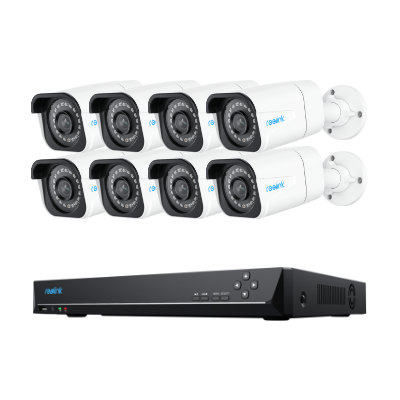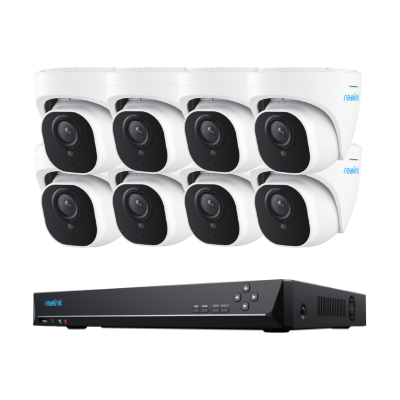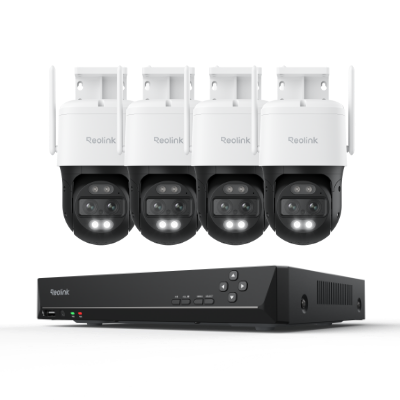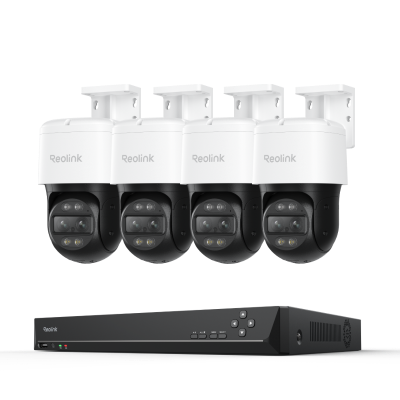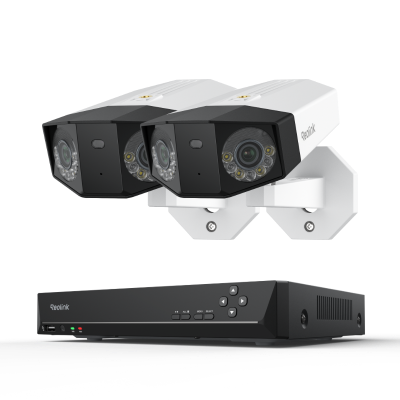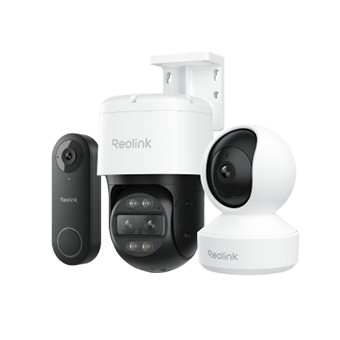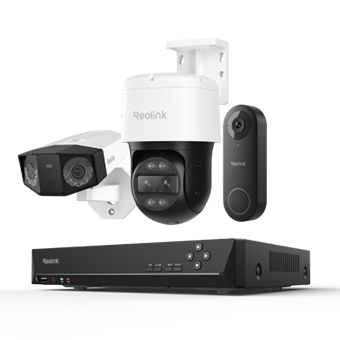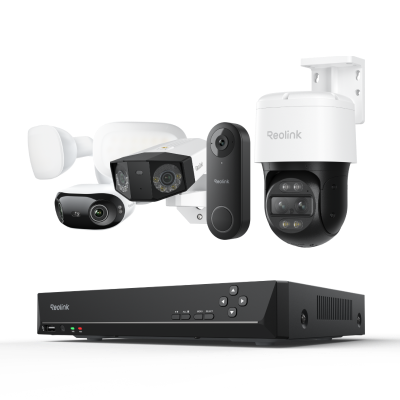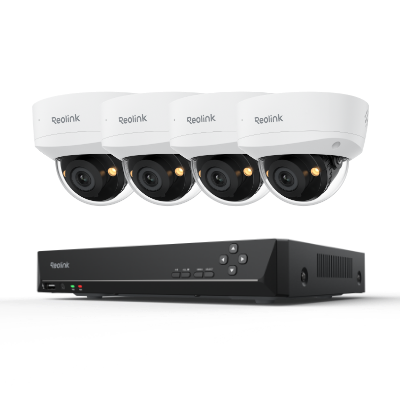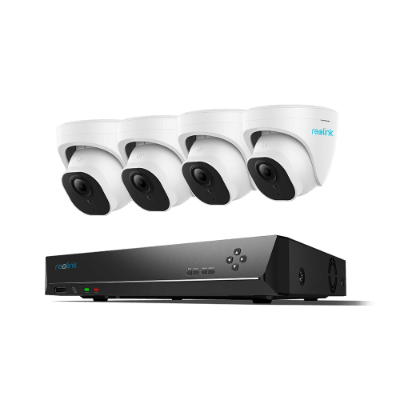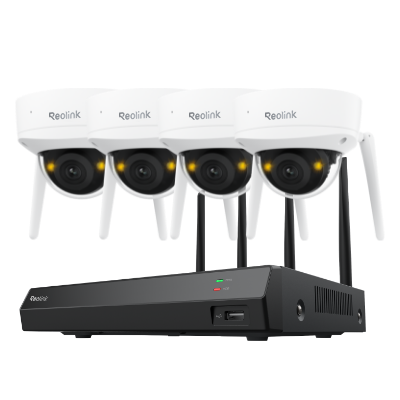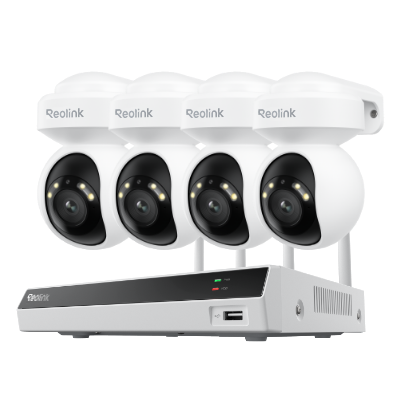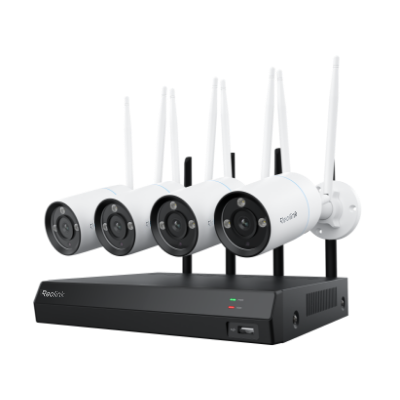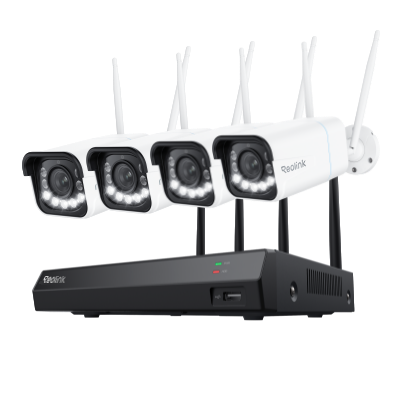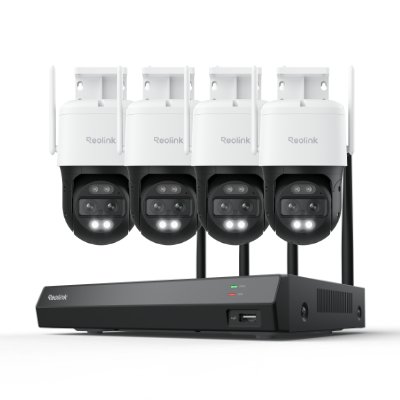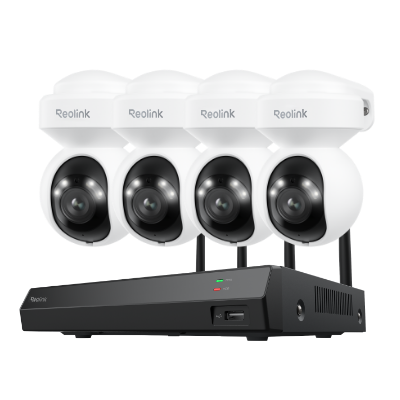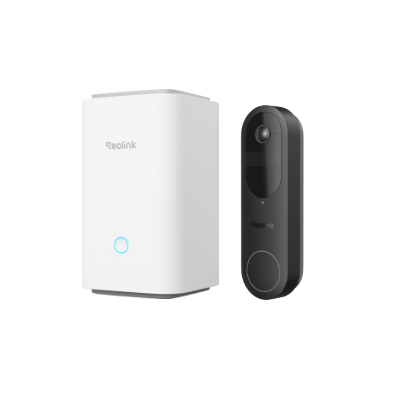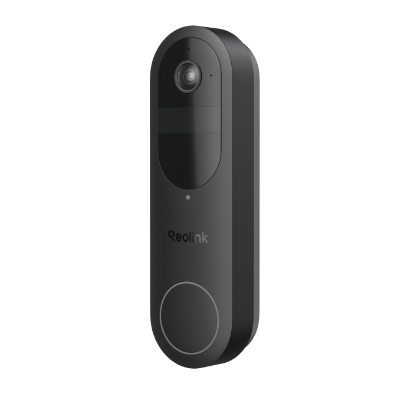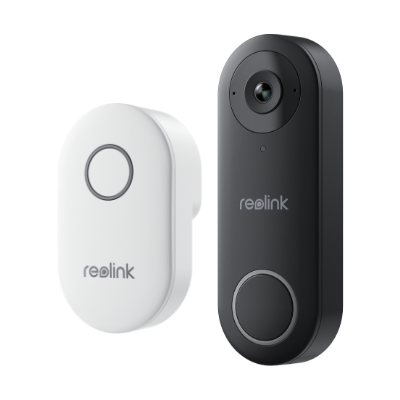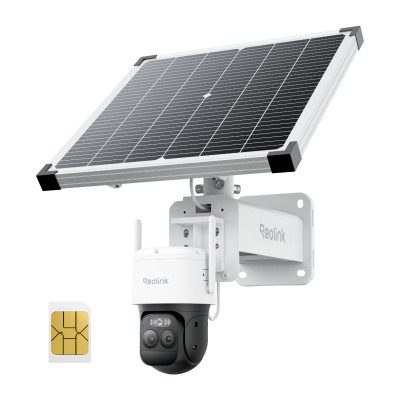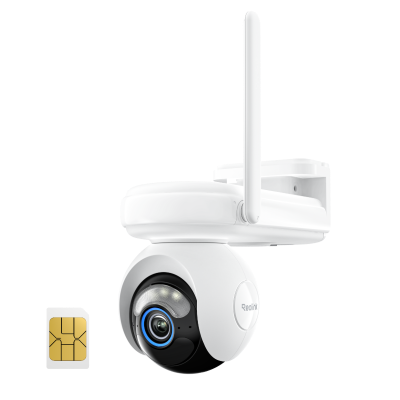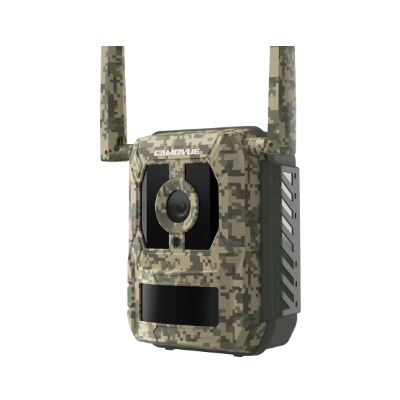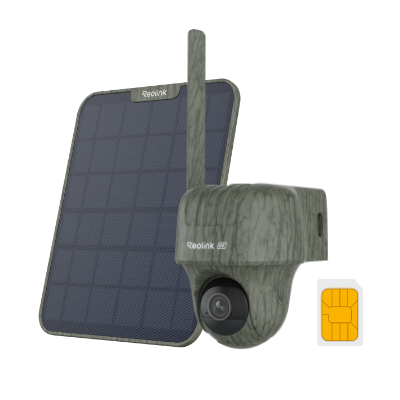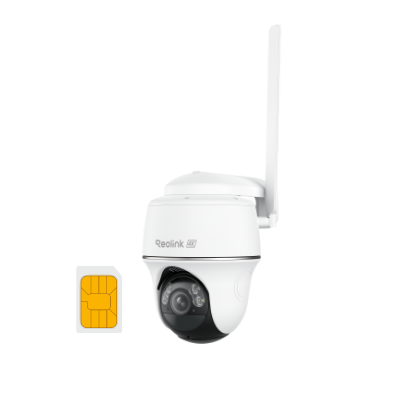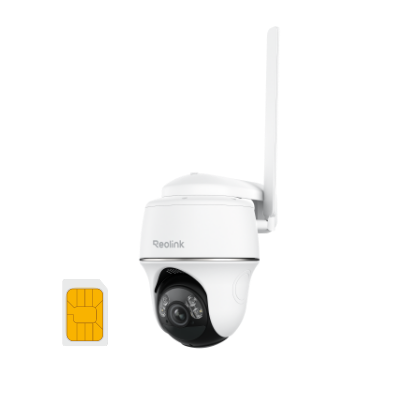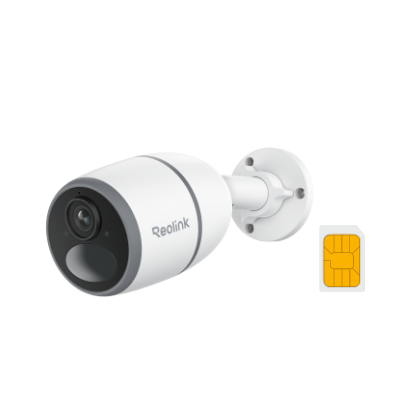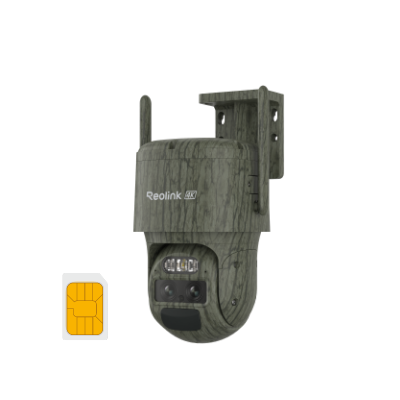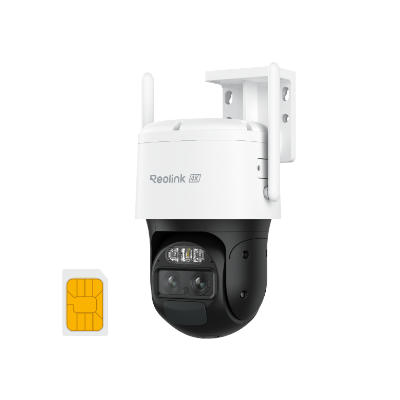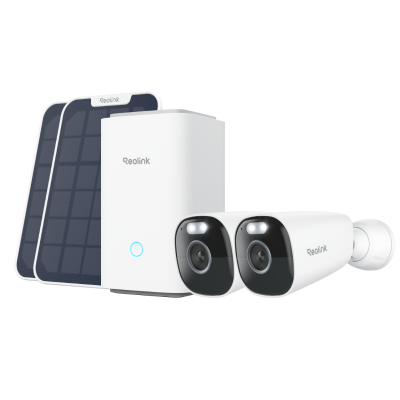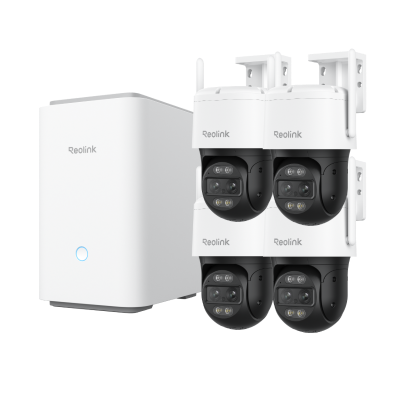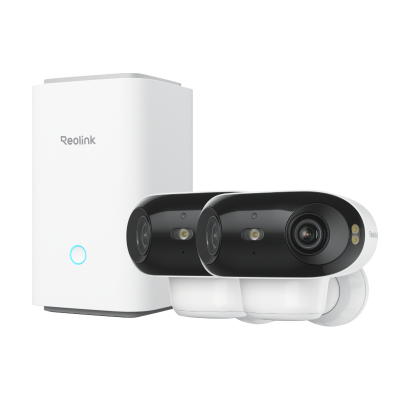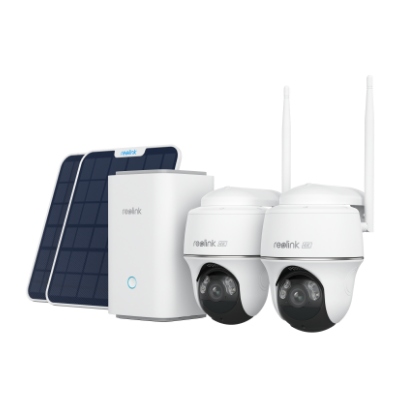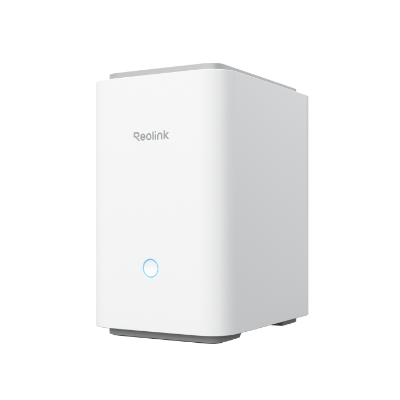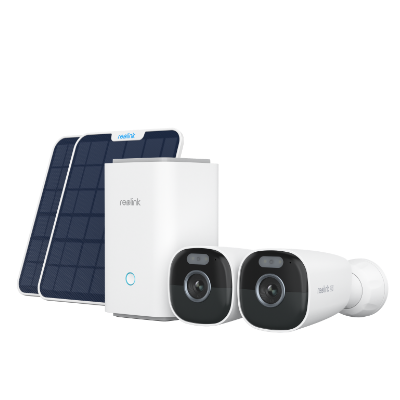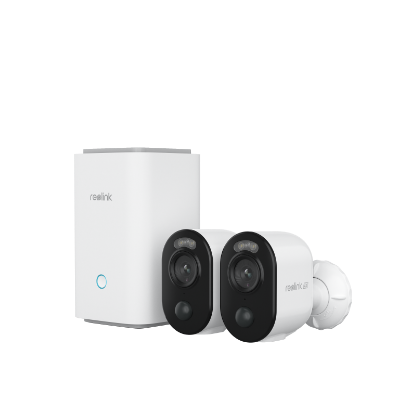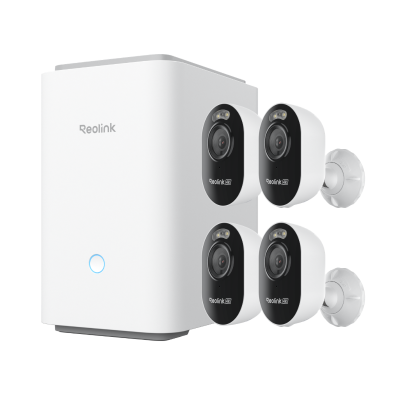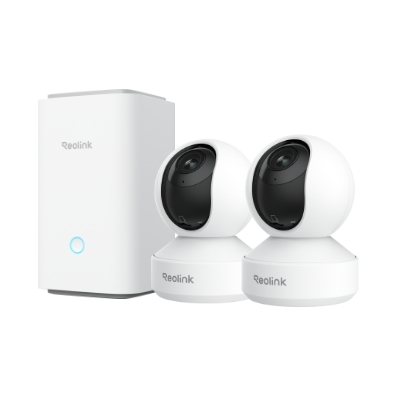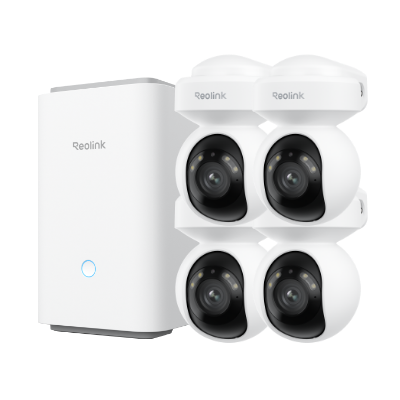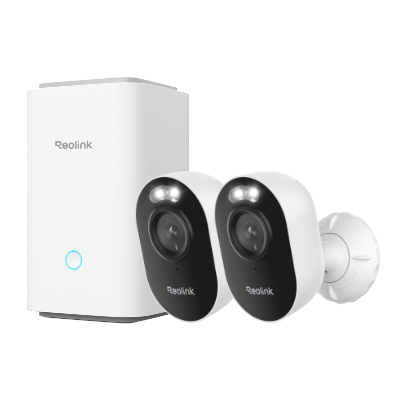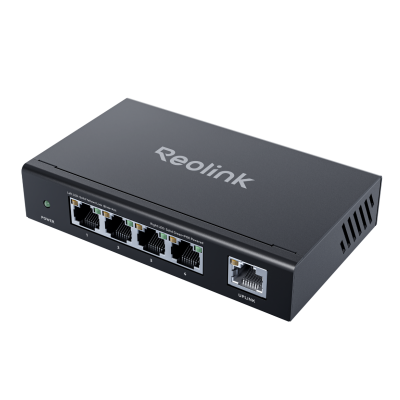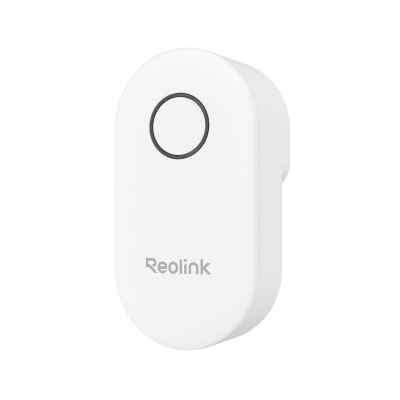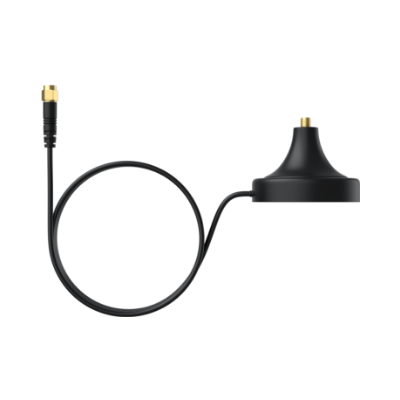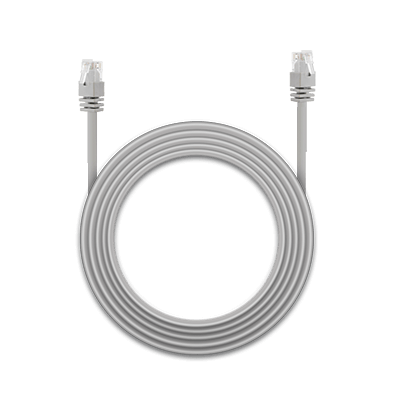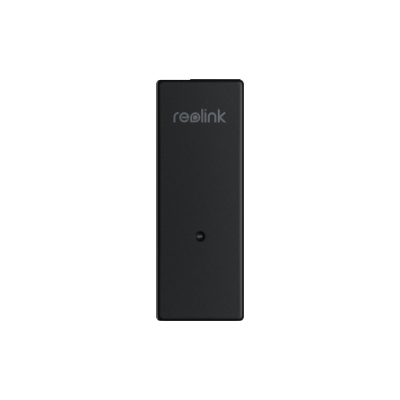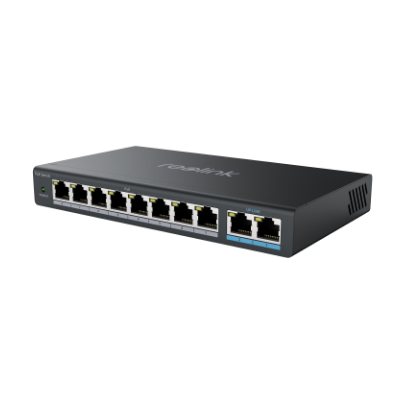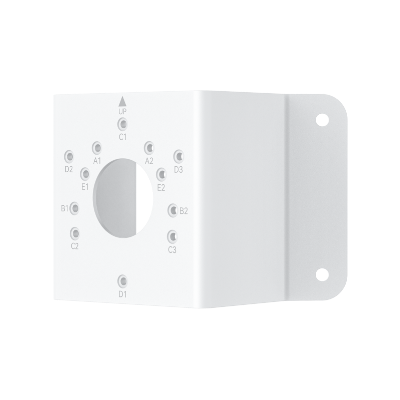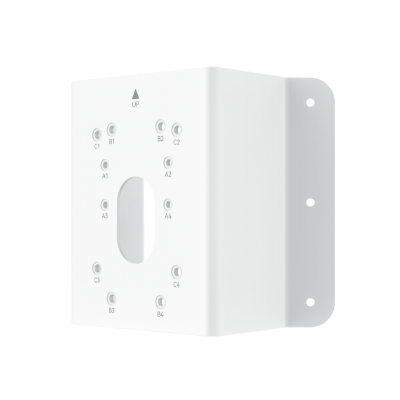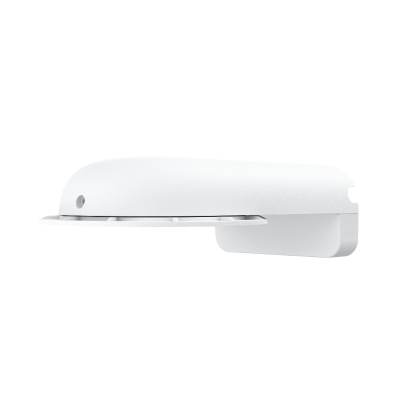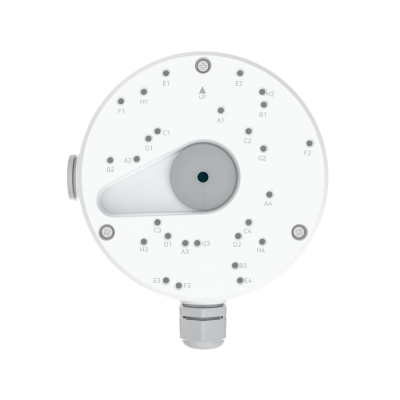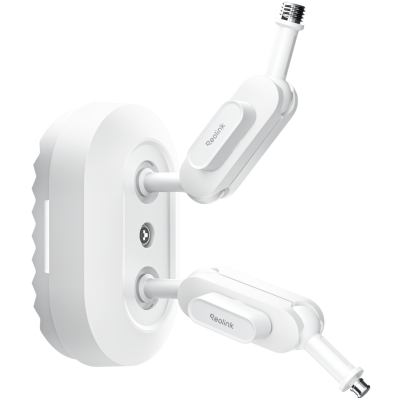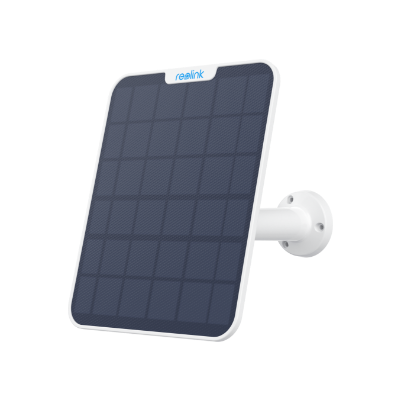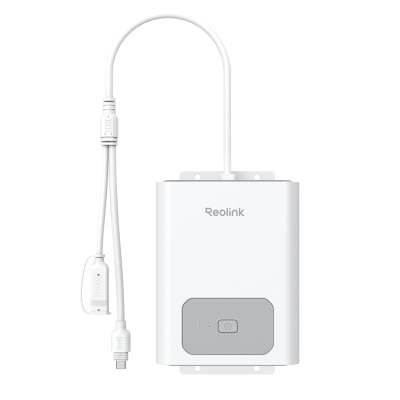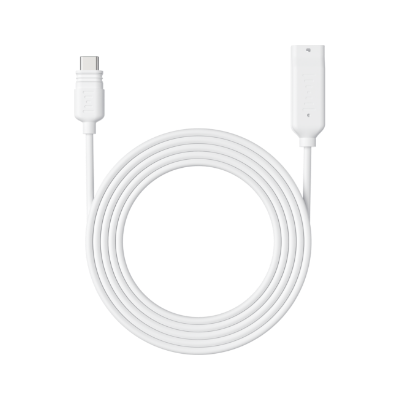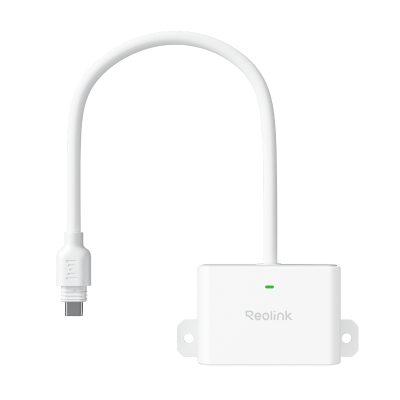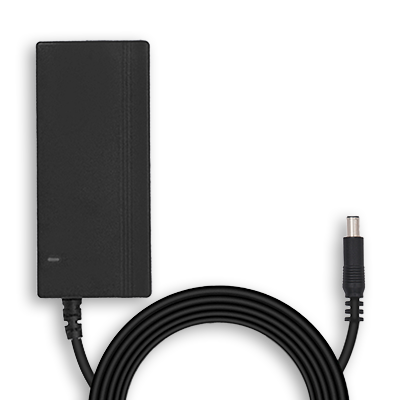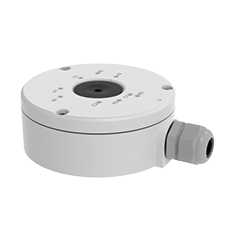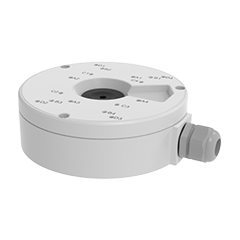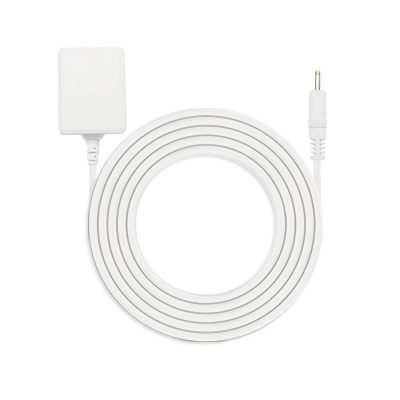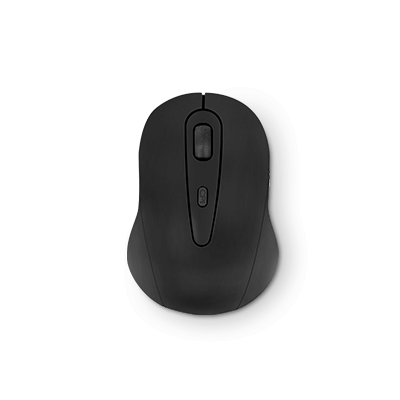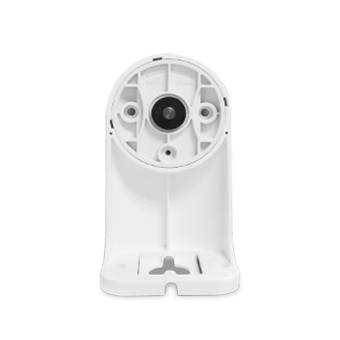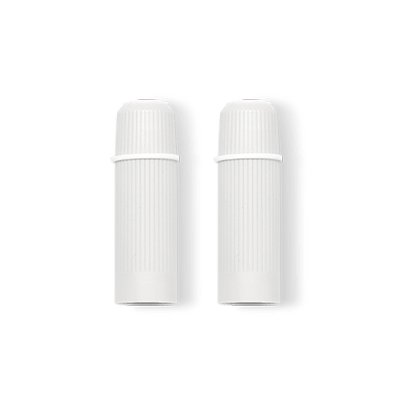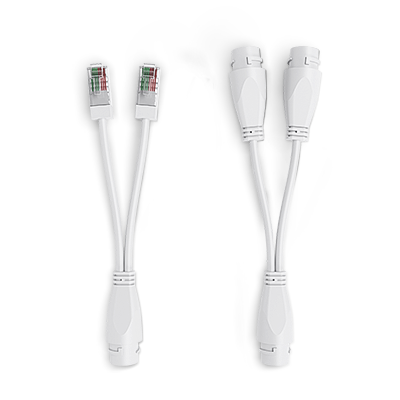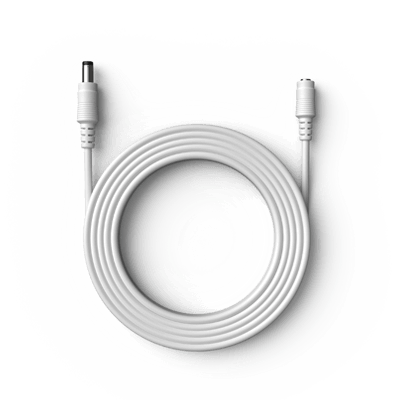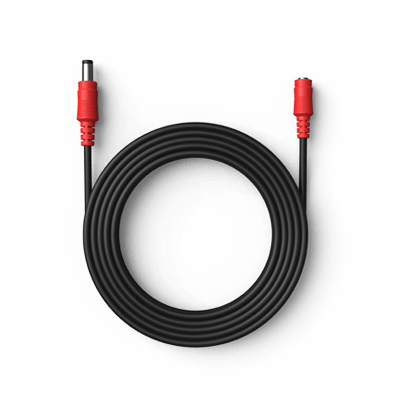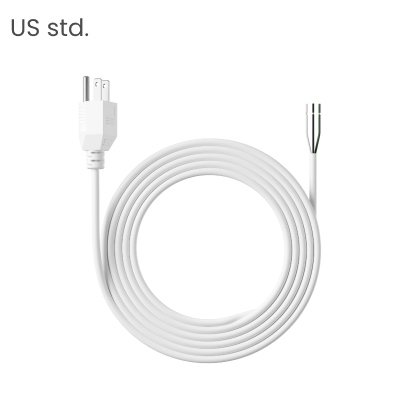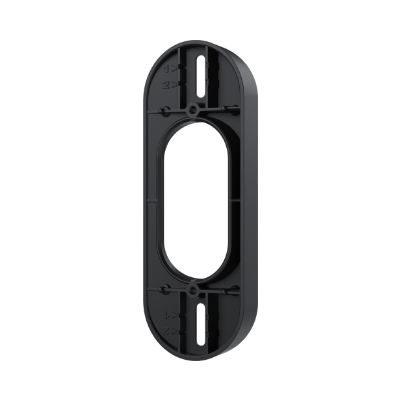WiFi Extender vs. Booster: What's the Difference?
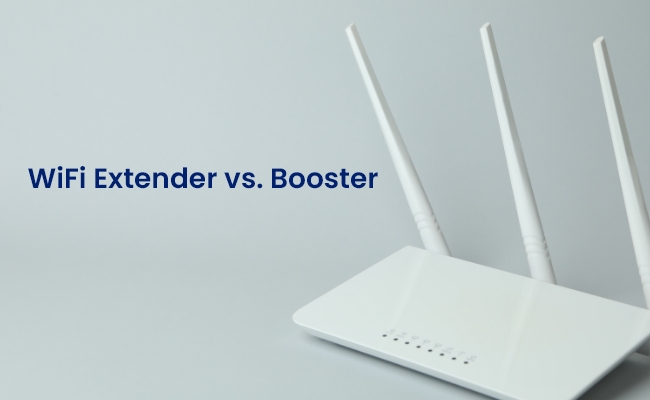
If you experience poor Wi-Fi coverage in a part of your home or office, you have two main choices to improve coverage – a WiFi extender vs booster. Simply put, what is the difference of them, and which one is good for you?
In this comprehensive guide, you can see Wi-Fi boosters versus Wi-Fi extenders head to head, how they work, their advantages and disadvantages and ideal uses. Read on in order to find out if a WiFi booster or extender is the best option for you.
- WiFi Extender vs. Booster: Understanding the Basics
- WiFi Booster vs. Extender: What's the Difference?
- WiFi Booster vs. WiFi Extender: Which to Choose?
- WiFi Signal Booster vs. Extender: Pros and Cons
- WiFi Extender vs. Booster vs. Repeater: Full Comparison
- Bonus Tips: How to Boost WiFi Signal
- FAQs
- Conclusion
WiFi Extender vs. Booster: Understanding the Basics
The best WiFi extender and a Wi-Fi extender have the same function: they both act as Internet boosters onto your existing Wi-Fi coverage and provide connectivity in areas where your wireless internet is weak. They both, however, take different approaches.
What is a WiFi Extender?
A Wi-Fi range extender is a device that connects wirelessly to your existing router network utilizing Wi-Fi Protected Setup (WPS) or manual configuration to copy both the network name (SSID) and password. It then uses its own built-in antennas to rebroadcast this extended network to areas out of your router’s reach. Newer mesh extender systems like Netgear Orbi can even wirelessly connect multiple units together for whole home coverage.
When your phone, laptop, or other Wi-Fi enabled device detects the shared SSID, it connects to whichever access point has the strongest signal – either the extender or your original router network. This acts as one large, expanded wireless system. As you move around your home or office, your device will automatically switch access points seamlessly.
You can also use WiFi extenders to boost the signal strength of your WiFi security cameras. Don’t miss out on Reolink’s Holiday Sales for exclusive discounts on security cameras, video doorbells, and more!
Reolink Christmas Deals - Save Big with Exclusive Deals!
Save big with Reolink! Christmas deals up to 32% off on security cameras, doorbells, and systems — Dec. 8 to Jan. 4.
What is a WiFi Booster?
A WiFi Booster is a device designed to improve the strength and coverage of your wireless internet signal. It works by amplifying the existing WiFi signal from your router and extending its range to areas in your home or office where the signal is weak or completely absent.
WiFi boosters are particularly useful in large buildings, spaces with thick walls, or locations with interference that hinders the smooth flow of the signal.
There are different types of WiFi Boosters. For example, window or wall-mounted boosters work by picking up faint router signals from one location and rebroadcasting them at a higher power level to areas with poor reception.
WiFi Booster vs. Extender: What's the Difference?
Now that you understand the basics, what exactly is the difference between a Wi-Fi extender vs. booster? Let's compare how they actually work:
Extenders create new access points by connecting wirelessly to your existing network and rebroadcasting the signal using their own built-in antenna. This effectively expands the total coverage footprint.
Boosters simply amplify and strengthen your router's native Wi-Fi signals. So while they increase wireless speeds and reduce dead spots, their reach is still restricted to your router's original wireless capabilities and antenna power.
WiFi Booster vs. WiFi Extender: Which to Choose?
So should you get a Wi-Fi signal booster or Wi-Fi range extender? The right option depends on your wireless connectivity needs:
Where to Use WiFi Booster
Boosters are ideal if you have:
- Generally strong router Wi-Fi, but a few isolated dead zones
- Need to improve speeds in specific rooms just out reach of good coverage
- Own a large home where buying multiple extenders would be costly
Where to Use WiFi Extender
Extenders work best when you need to:
- Significantly expand Wi-Fi coverage across multiple rooms or floors
- Add wireless connectivity to a detached garage, backyard patio or gazebo
- Provide wired access to distant devices by using the Ethernet ports on extenders
- Create a mesh network with multiple access points throughout very large homes
WiFi Signal Booster vs. Extender: Pros and Cons
There are also key advantages and disadvantages to consider when evaluating Wi-Fi boosters vs. Wi-Fi extenders:
Booster: Pros and Cons
Pros:
- More affordable than buying multiple extenders
- Simple plug-and-play installation
- Boost signal strength exactly where needed
- Support Wi-Fi connectivity across larger homes
- No additional network configuration required
Cons:
- Limited to improving existing router signals
- Doesn’t expand overall coverage area
- No extra Ethernet ports to connect wired devices
- Placement is important for optimal performance
- May still need multiple units for very large homes
Signal Extender: Pros and Cons
Pros:
- Expands total Wi-Fi coverage footprint
- Flexible placement anywhere within range of router’s wireless signal
- Ethernet ports allow connecting wired devices
- Mesh models can link multiple nodes for whole home coverage
- Seamless roaming when moving around house or property
Cons:
- More expensive to deploy multiple extenders
- Each extender hop can slightly reduce maximum wireless data speeds
- Requires Wi-Fi access to router network for optimal placement
- Additional setup and configuration required
WiFi Extender vs. Booster vs. Repeater: Full Comparison
To help summarize the capabilities of each option, here is a full comparison chart:
Bonus Tips: How to Boost WiFi Signal
While Wi-Fi boosters and extenders are effective solutions for eliminating dead zones, here are some handy tips to enhance wireless signal strength:
- Update router firmware and configure optimal wireless radio channels to reduce interference
- Consider upgrading an older router model to the latest Wi-Fi 6 standard for faster speeds
- Position the router in a central elevated location clear of obstructions
- Replace short router antennas with high-gain directional antenna upgrades
- Check the WiFi antenna orientation – aim them towards dead zones
FAQs
What is better, a WiFi extender or a booster?
For most home users needing expanded Wi-Fi access across multiple rooms or floors, a mesh WiFi extender system is generally the best choice. However, a WiFi signal booster is often sufficient if you simply need to boost performance in a couple isolated dead zone areas.
What is downside of WiFi extender?
The main downside of a Wi-Fi range extender is that each wireless hop from the extender to router can slightly reduce maximum data throughput speeds. However, this impact is minimal with newer dual-band models. Extenders also require additional installation and configuration.
Does WiFi extender reduce WiFi speed?
While adding a WiFi range extender can theoretically cut your maximum wireless data rates in half with each additional hop, the latest dual-band extenders minimize this effect in real-world usage. Combined with 802.11ac and WiFi 6 technologies, today’s extenders supply fast enough speeds for most needs.
Conclusion
Wi-Fi signal boosters and Wi-Fi extenders take two very different approaches to improving wireless performance. Boosters simply amplify or boost those existing router connections while extenders expand networks via repeating signals to eliminate dead zones.
Hopefully this extender vs. booster in-depth comparison provided the information needed to identify if an extender or a booster should be your upgrade to a faster connection. If you have any other questions regarding the best Wi-Fi gear to kill off frustrating dead zones, let us know.
Search
Subscribe for the Latest Updates
Security insights & offers right into your inbox

